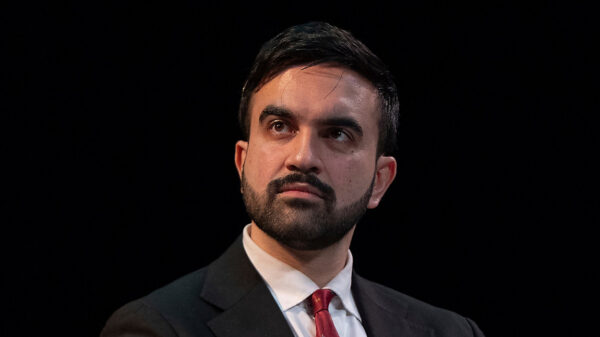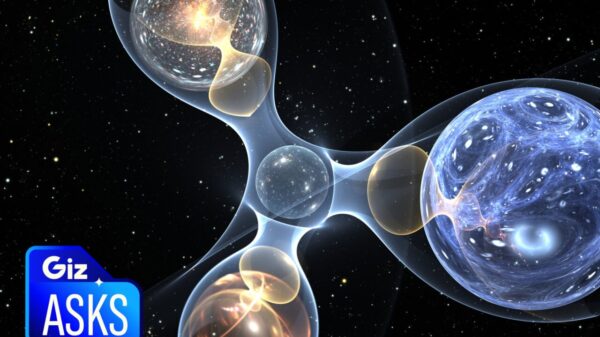The scientific community continues to grapple with the complexities of the universe, particularly through the lens of string theory. This mathematical framework, which redefines the basic components of matter from point-like particles to one-dimensional “strings,” was initially introduced to explain specific phenomena. Over time, it gained traction among physicists aiming to unify two foundational theories: quantum mechanics and general relativity.
Notable advancements, often referred to as the “superstring revolutions,” occurred in the 1980s and 1990s. These breakthroughs marked significant progress in understanding the intricate workings of our universe. String theory captured the public’s imagination, leading to documentaries like PBS’s The Elegant Universe and numerous books that popularized the concept.
Yet, as the 21st century unfolded, the enthusiasm surrounding string theory seemed to wane. Public interest can be unpredictable, and a decline in non-academic attention does not necessarily equate to a loss of significance within the scientific community. Data from Google’s Ngram viewer suggests that string theory’s prominence has diminished over the past decade, prompting inquiry into its current status.
The Current Landscape of String Theory
To explore the present state of string theory, a diverse group of physicists shared their insights. Daniel Whiteson, a particle physicist at the University of California, Irvine, emphasized that while string theory remains a viable candidate for a “theory of everything,” alternative approaches are gaining traction.
John H. Schwarz, a theoretical physicist at the California Institute of Technology, who played a pivotal role in the first superstring revolution, remains optimistic about string theory’s future. He noted that it continues to offer profound insights into fundamental questions of physics.
Contrastingly, Peter Woit, a mathematician and physicist at Columbia University, expressed skepticism about string theory’s ability to provide testable predictions. He advocates for exploring other frameworks, particularly loop quantum gravity, which challenges string theory’s supremacy.
The dialogue also includes perspectives from physicists like Thomas Van Riet of Leuven University, who specializes in supergravity and cosmology, and Carlo Rovelli, founder of loop quantum gravity, who argues that alternative theories should not be dismissed in the pursuit of understanding the universe.
Looking Ahead: String Theory and Its Alternatives
The future of string theory remains a topic of debate among experts. Hiroshi Ooguri, a key contributor to its mathematical foundations, highlighted ongoing research that seeks to refine and expand the theory’s applications. Meanwhile, Cumrun Vafa from Harvard University, who received the 2017 Breakthrough Prize for his work on black holes and string theory, continues to advocate for its relevance in understanding the universe’s structure.
Despite the challenges, the quest for a unified theory that encompasses all physical phenomena persists. The scientific community is not abandoning string theory; rather, it is engaging in a broader conversation about the best methods to explore the cosmos. As physicists reassess the landscape, the interplay of string theory and its competitors suggests a vibrant future for theoretical physics.
In summary, while string theory may not dominate the public discourse as it once did, it remains an important aspect of scientific inquiry. The collaborative efforts of physicists around the globe, each contributing unique perspectives, ensure that the pursuit of understanding our universe continues unabated.



































































